Powder Metallurgy: An Overview
Understanding Powder Metallurgy
Powder metallurgy (PM) is a manufacturing process where metal powders are compacted into desired shapes and then heated to form solid parts. This technique is particularly advantageous for producing components with complex geometries, high precision, and specific material properties.
The Importance of Powder Metallurgy
Powder metallurgy is a versatile and efficient manufacturing method used in various industries, including automotive, aerospace, medical, and consumer electronics. It offers numerous benefits such as:
Material Utilization: High material efficiency with minimal waste.
Complex Shapes: Ability to produce intricate and complex geometries.
Cost-Effectiveness: Reduced machining and finishing operations.
Tailored Properties: Customizable material properties through alloying and blending.
Key Processes in Powder Metallurgy
Powder Production:
Atomization: Metal is melted and dispersed into fine droplets, which solidify into powders.
Reduction: Metal oxides are chemically reduced to metal powders.
Electrolysis: Metal ions are deposited as powders through an electrolytic process.
Mechanical Alloying: Powders of different metals are combined and milled to create a uniform mixture.
Powder Blending:
Homogenization: Powders are blended to achieve a uniform mixture with desired composition and properties.
Lubrication: Additives are mixed with powders to improve flowability and compaction.
Compaction:
Pressing: Powders are compacted into a die under high pressure to form a “green” part.
Isostatic Pressing: Powders are compacted uniformly in all directions using fluid pressure.
Sintering:
Overview: The green part is heated in a controlled atmosphere to a temperature below its melting point, causing particles to bond and densify.
Stages: Initial bonding, intermediate neck growth, and final densification.
Furnaces: Sintering is conducted in furnaces with precise temperature control and atmospheric conditions.
Secondary Operations:
Machining: Additional machining operations to achieve final dimensions and tolerances.
Heat Treatment: Enhancing mechanical properties through processes like annealing, quenching, and tempering.
Surface Treatment: Coating or plating to improve surface properties such as corrosion resistance and wear resistance.
Key Materials in Powder Metallurgy
Ferrous Metals:
Iron and Steel: Widely used for their excellent mechanical properties and cost-effectiveness.
Stainless Steel: Used for applications requiring corrosion resistance.
Non-Ferrous Metals:
Aluminum: Lightweight and corrosion-resistant, used in aerospace and automotive applications.
Copper: Excellent electrical and thermal conductivity, used in electrical components.
Titanium: High strength-to-weight ratio and corrosion resistance, used in aerospace and medical applications.
Superalloys:
Nickel-based: High temperature and corrosion resistance, used in aerospace and energy sectors.
Cobalt-based: Excellent wear resistance, used in cutting tools and biomedical implants.
Techniques and Best Practices of Powder Metallurgy
Quality Control:
Implementing rigorous quality control measures throughout the PM process to ensure consistency and reliability.
Use of advanced inspection techniques like X-ray diffraction, microscopy, and mechanical testing.
Tool Design:
Designing precision dies and molds to achieve accurate and repeatable part geometries.
Use of wear-resistant materials for tooling to extend tool life.
Process Optimization:
Continuous monitoring and optimization of compaction and sintering parameters to achieve desired material properties.
Implementation of automation and advanced control systems for improved process stability and efficiency.
Challenges and Solutions of Powder Metallurgy
Porosity:
Causes: Incomplete densification during sintering.
Solutions: Optimizing sintering parameters, using hot isostatic pressing (HIP) for additional densification.
Dimensional Control:
Causes: Shrinkage during sintering and variations in powder properties.
Solutions: Precision tooling, controlled sintering environments, and post-sintering machining.
Material Properties:
Causes: Inhomogeneous powder mixtures and insufficient alloying.
Solutions: Advanced blending techniques, use of pre-alloyed powders, and thorough quality control.
Innovations and Future Trends of Sintering Process
Additive Manufacturing (AM):
Integration of PM with additive manufacturing technologies such as selective laser sintering (SLS) and binder jetting.
Development of novel materials and complex geometries through AM techniques.
Nanotechnology:
Use of nanoscale powders to achieve superior material properties and performance.
Exploration of nanocomposites for enhanced strength, wear resistance, and thermal stability.
Sustainability:
Adoption of eco-friendly processes and materials to reduce environmental impact.
Recycling of metal powders and use of renewable energy sources in manufacturing.
Conclusion
Powder metallurgy is a highly efficient and versatile manufacturing process that offers numerous advantages for producing high-quality components with complex geometries and tailored properties. By understanding the intricacies of PM and staying at the forefront of technological advancements, manufacturers can achieve exceptional performance, cost-effectiveness, and sustainability in their operations. As an experienced powder metallurgy factory owner, we are committed to pushing the boundaries of this technology, delivering superior solutions to meet the evolving needs of our clients.

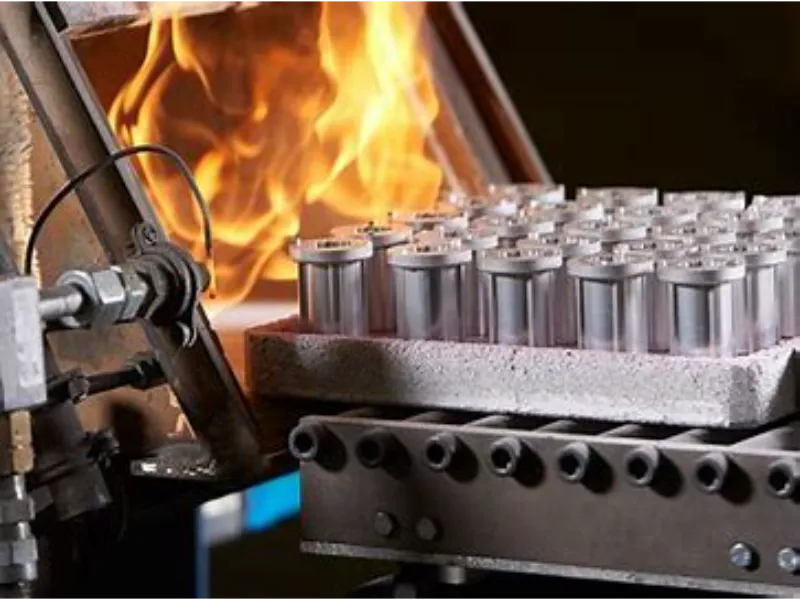
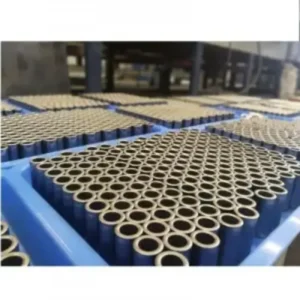
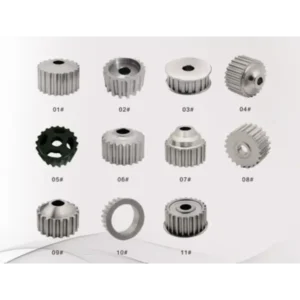
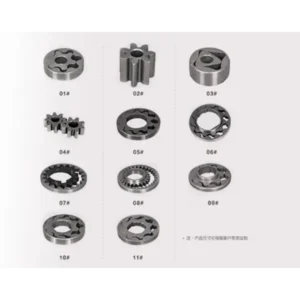
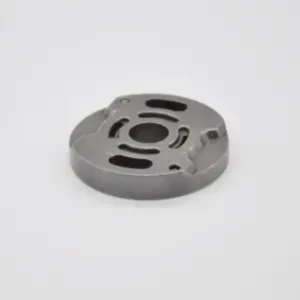
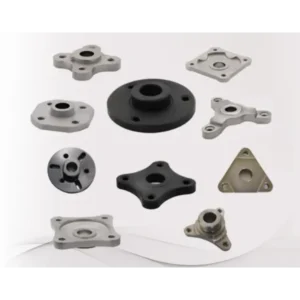
Reviews
There are no reviews yet.